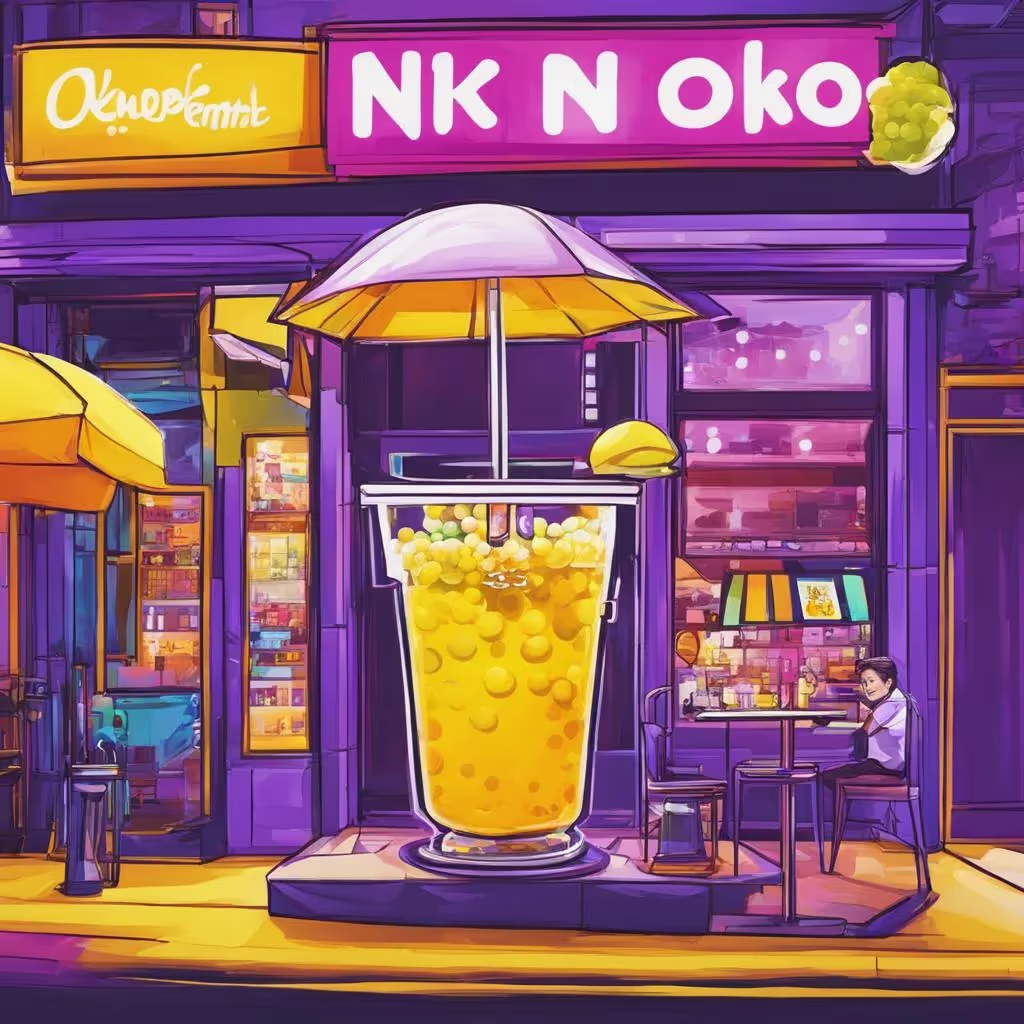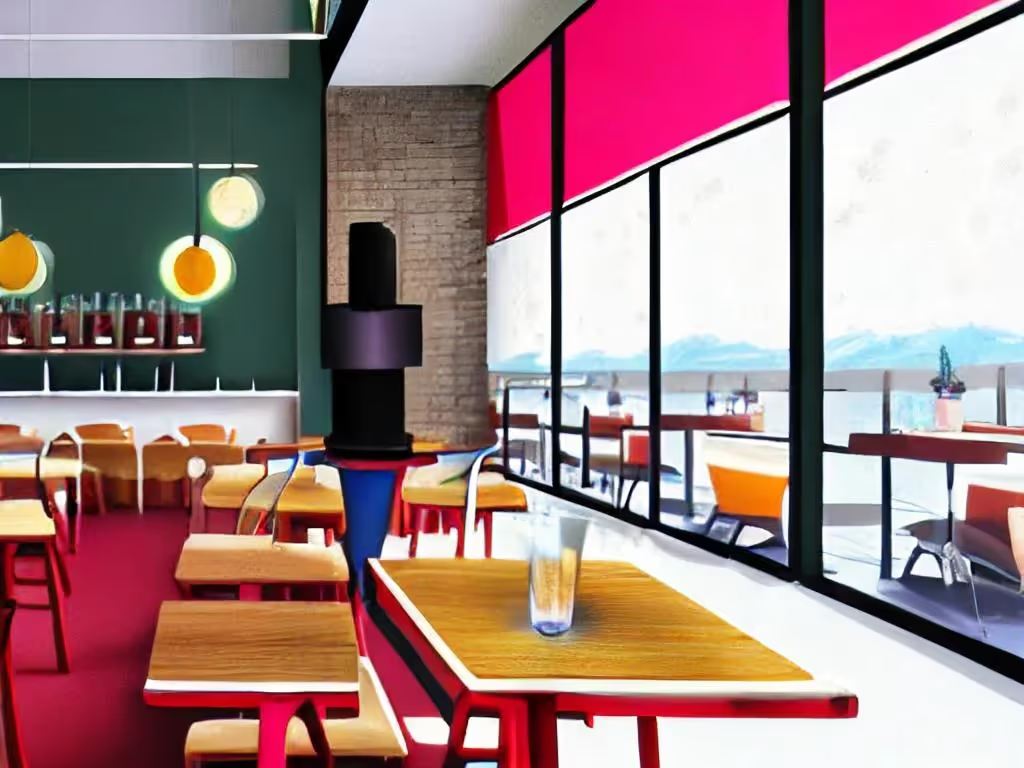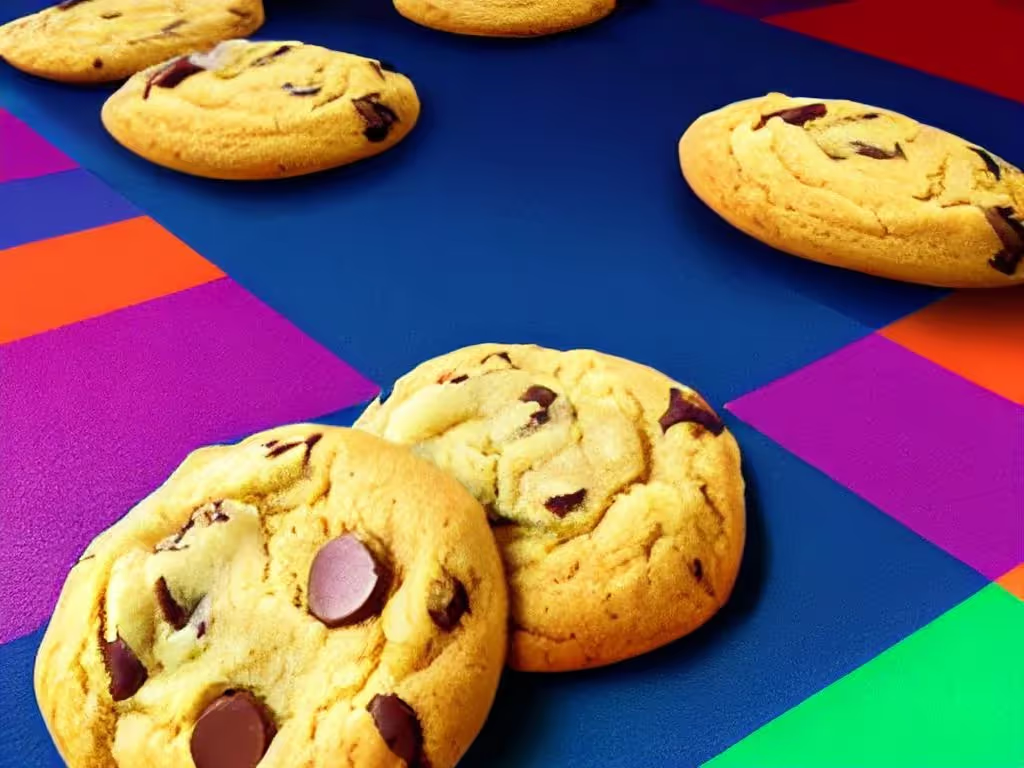TLDR
As a small restaurant owner, getting noticed and building your brand on a tight budget can be tough. Did you know that Instagram influencer marketing in the food industry has an impressive 7.38% engagement rate? Plus, the biggest fans of influencer-recommended products are Gen Z-ers and Millennials, the key U.S. consumers.
Unlike big chains with huge marketing budgets, you've got to be clever. One smart move? Team up with micro-influencers – those with 1,000 to 100,000 followers. They help spread the word about your restaurant to their engaged followers. Partner with influencers who share your values, and you'll tap into their followers with the trust and authenticity that influencers bring. With some strategic planning, these influencer partnerships could be your secret weapon for overcoming marketing challenges, reaching new customers, and taking your restaurant to the next level.
The Power of Micro-Influencers for Small Restaurants
Micro-influencer collaborations are ideal for small restaurants targeting a specific customer base. By partnering with influencers whose followers match your target demographic, you can achieve a high conversion rate of influencer recommendations into new customers. Micro-influencers typically charge less than major influencers, making them accessible even to small business owners on a budget.
To have a successful micro-influencer campaign, focus on influencers with an active social media presence and high engagement rates who frequently post about restaurants or dining. Offer them a complimentary meal to experience your menu firsthand. Make it easy for the influencer to spread the word by having an inviting space for photos, a strong online presence, and options like a mobile ordering app or gift cards to promote.
Provide the influencer with shareable social media content like professional photos of your food or location. Ask them to post reviews and recommendations across platforms, and re-share their posts from your own social media accounts. Monitor the campaign’s success by tracking the increase in followers, engagement, and new customers during and after the partnership.
These partnerships can make a big impact on a small budget. By finding the right influencers, providing an optimal experience, and making it simple for them to share, small restaurants have a powerful opportunity to build their brand through strategic collaborations.
Case Studies of Successful Small Restaurant & Influencer Partnerships
Two successful case studies of small restaurant and micro-influencer partnerships are:
- Rio Grande Mexican Restaurants partnered with food and lifestyle influencers in their local Texas market. They invited influencers to dine at their restaurants and share photos and reviews on Instagram and blogs. This increased Rio Grande’s visibility and drove new customers to their locations.
- Yummly, a recipe and grocery platform, ran seasonal influencer marketing campaigns featuring small restaurant partners. Influencers created social media posts highlighting menu items, which generated brand awareness and sales for the restaurants. One restaurant saw a 28% increase in orders the week of their campaign.
To replicate these successes, small restaurants should:
- Build a social media presence. An active Instagram account, in particular, shows influencers your brand is digitally savvy. Offer a mobile ordering app. Influencers prefer brands that make their lives easier. A user-friendly mobile app for ordering and payment is appealing.
- Research relevant influencers. Connect with influencers passionate about similar cuisine or your local dining scene. Look for those with engaged followers in your target demographic.
- Reach out personally. Explain why you think the partnership would be mutually beneficial. Be willing to provide complimentary meals in exchange for coverage. Keep the relationship going by liking and commenting on their posts.
With strategic influencer partnerships, small restaurants can expand their digital presence and customer base in an authentic, cost-effective way. Following the examples and tips above will set you up for a successful collaboration.
How to Identify the Right Food Influencer for Your Brand
To identify the right food influencer for your brand, start by analyzing your target customers and the influencers you want to partner with. Look for influencers whose followers match your brand in location, demographics like age and gender, and interests. Some steps to take:
- Review your social media followers and customers. See who interacts with and tags your posts to spot potential influencer partners with engaged followers in your area. Track their location, age, language, and other attributes to ensure a good fit.
- Research micro-influencers in your region and cuisine. Search social media for influencers with 2,000 to 100,000 highly engaged followers. Check that their content and voice match your brand. Look for influencers passionate about similar cuisine, your neighborhood, or your mission. Reach out to those interested in paid or barter collaborations.
- Evaluate their follower engagement. Influencers with a high engagement rate, like 5-10% or more, have active fans and higher conversion potential. See if followers comment on and like their posts, not just follow them. Engaged followers suggest the influencer builds connection and trust, valuable for your brand.
- Meet with interested influencers. Discuss their experience, your collaboration goals, and any products or meals you want to highlight. Provide details on your brand, mission, and customers to find shared values and the best way to authentically promote you. Be open to creative ideas from influencers who know their followers' interests.
- Negotiate details of the partnership. Consider bartering free meals or products in exchange for social media posts, blog features, or video collaborations. For paid deals, offer a fair flat rate for their time and reach. Get specifics on the number and type of posts, use of your name and location tags, and reporting on follower engagement and traffic.
Smart, mutually beneficial influencer deals can expand your brand's local reach. With the right micro-influencer, small restaurants gain exposure, build connections with potential new customers, and boost their digital presence. Thoughtful relationship-building and clear communication are key to successful, long-term influencer collaborations.
Tips for Pitching Your Restaurant to Food Influencers
To successfully pitch your restaurant to micro-influencers, focus on building genuine connections and mutually beneficial partnerships. Reach out to local influencers through social media messaging or their business email. In your pitch, propose social media posts in exchange for a free meal and include details about your restaurant like:
- Number of followers and average engagement (likes and comments)
- Cuisine type and any awards or accolades received
- Links to social media profiles, website, app and online reviews
Ask the influencer about their average post reach and engagement to determine if their audience matches your target customers. Come prepared with the specifics of what you’re proposing, e.g. one Instagram post and story in exchange for a meal for two. Be open to negotiating the details and timeline.
An influencer collaboration should highlight what makes your restaurant unique. Provide photos they can use and suggest social captions focused on your food, ambiance, or story. Offer to host them when your restaurant is busiest so they can capture the energy and experience the full scope of your concept. Treat them like VIPs by introducing them to the chef or owners and offering a tour of the kitchen.
To set yourself up for success, ensure you have:
A Strong Social Media Presence
- Post high-quality photos of your food, staff, and space on platforms like Instagram and Facebook
- Engage with followers by responding to their comments and messages
- Run social media contests and promotions to increase engagement
A User-Friendly Mobile Ordering Option
- Consider a white-label mobile app to enable online ordering. Apps like Per Diem are affordable and easy to set up.
- Promote your app to influencers and offer an incentive for them to order from it like 10% off their first order or a free drink on the first download.
Excellent Customer Service
- Train your staff to provide exceptional service, especially for influencer visits.
- Follow up with a thank you message and offer to answer any additional questions they may have for their audience.
Building real relationships with influencers who enjoy your restaurant will lead to authentic recommendations for their followers. While one post may generate short-term results, developing influencer partnerships over the long run can significantly boost your brand visibility and help you reach new potential regular customers.
Executing a Successful Campaign With Influencer Marketing
To execute a successful influencer marketing campaign, restaurants should consider the following tips:
Select Relevant Influencers
Identify influencers in your local area or niche (e.g. food bloggers, Instagrammers) with an engaged following of potential customers. Review their content and follower engagement to determine good matches for your brand.
Build a Relationship
Reach out to influencers and express your interest in a collaboration. Explain your restaurant's concept, mission, and ideal partnership terms. Engage with them on social media by liking and commenting on their posts. This helps to establish a connection before proposing a campaign.
Determine Campaign Details
Discuss the specifics of a campaign with interested influencers like:
- Number and frequency of social media posts
- Hashtags to include for discoverability
- Key messages or themes to convey about your restaurant
- Any free meals, discounts, or swag to provide in exchange for their promotion
Track and Measure
Use analytics to monitor the performance of influencer posts and the impact on your restaurant's social media and website traffic. Measure conversions from the campaign like coupon redemptions or orders through your mobile app. Be prepared to optimize future campaigns based on these insights.
Provide Constructive Feedback
Thank them for their participation and provide polite feedback on what worked well and any suggested improvements for next time. This open communication will strengthen your partnership and lead to even more impactful campaigns.
Micro-influencers can be instrumental in spreading brand awareness and driving sales for small restaurants. With a thoughtful, tailored approach to influencer marketing, these mutually beneficial collaborations have the potential for success.
Final Thoughts
As a small restaurant owner, don't overlook the impact of micro-influencers. Sure, big influencers with millions of followers seem tempting, but the true impact often lies in local or niche-specific micro-influencers. Find influencers who care about small businesses and match your values. Connect with them, invite them to your restaurant, and let them share their experience authentically. Their passion will shine through to their followers. Yes, collaborating with influencers takes time and effort, but the payoff in visibility, new customers, and a stronger brand is worth it for any smart restaurateur looking to level up. The future is all about influencers.




.webp)
.avif)
.webp)

.png)
.webp)
.webp)
.webp)

.webp)








.svg)
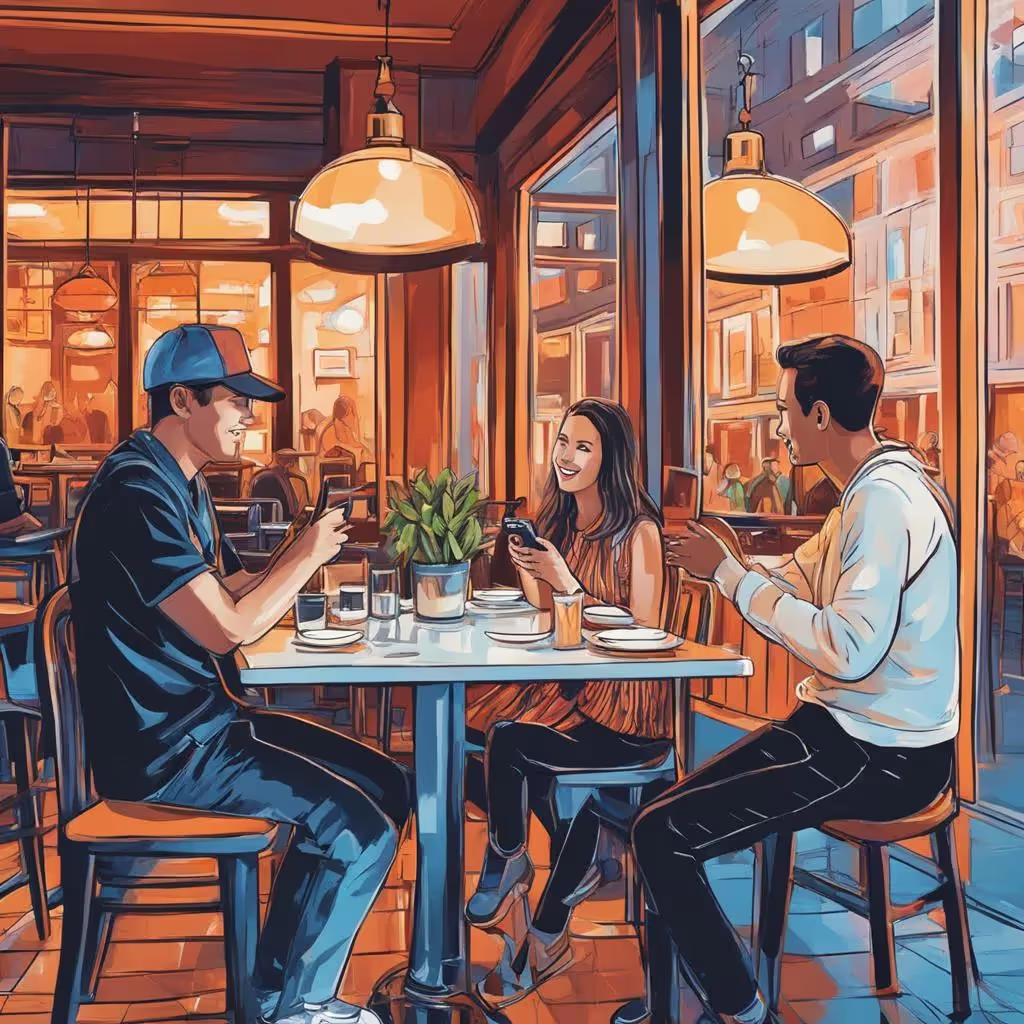




.svg)
.svg)
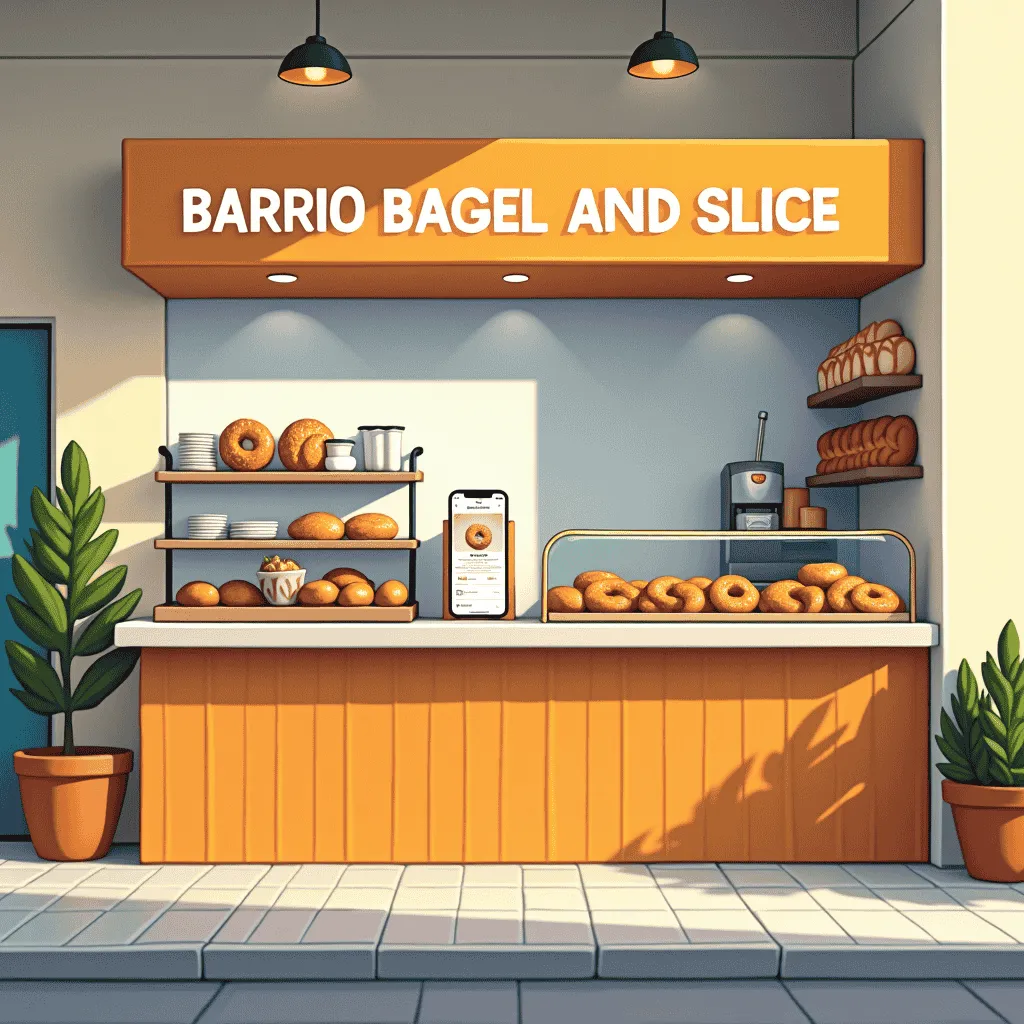


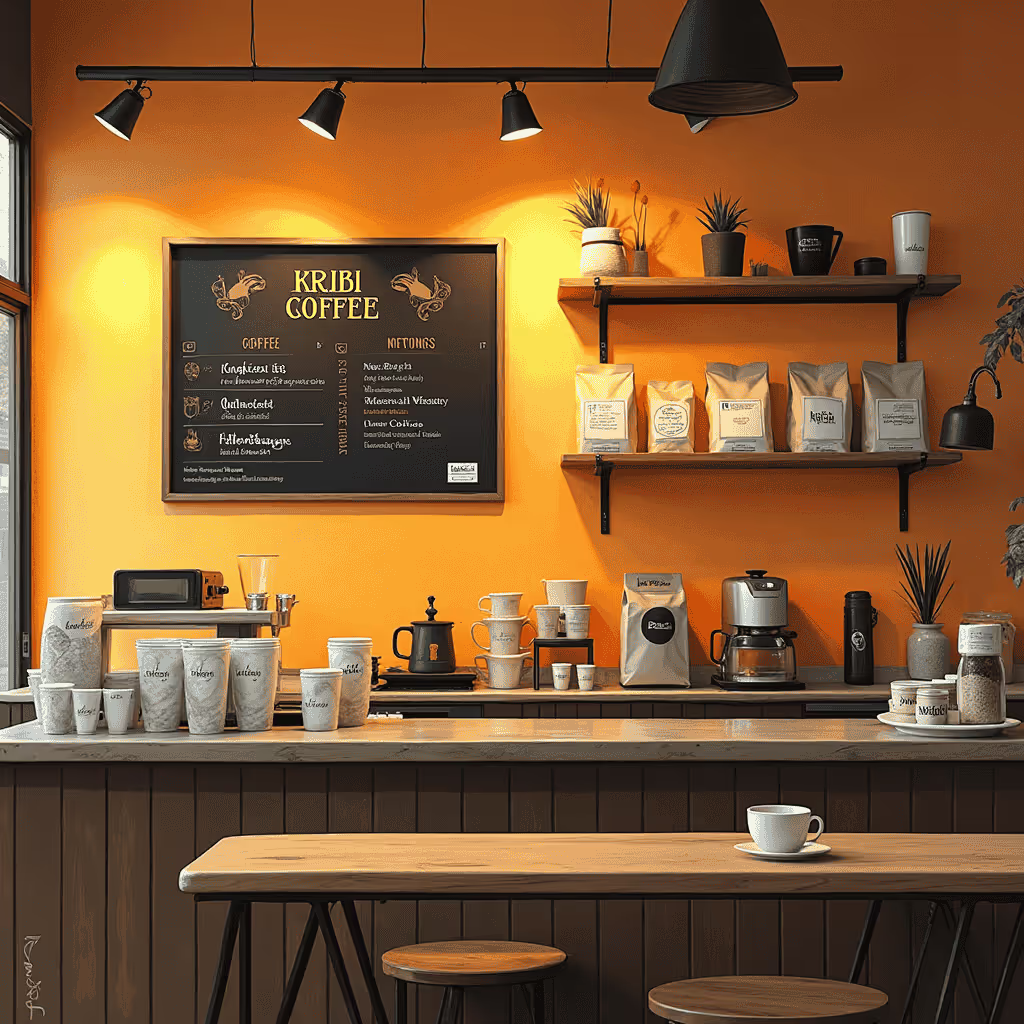
.avif)



.avif)
.avif)

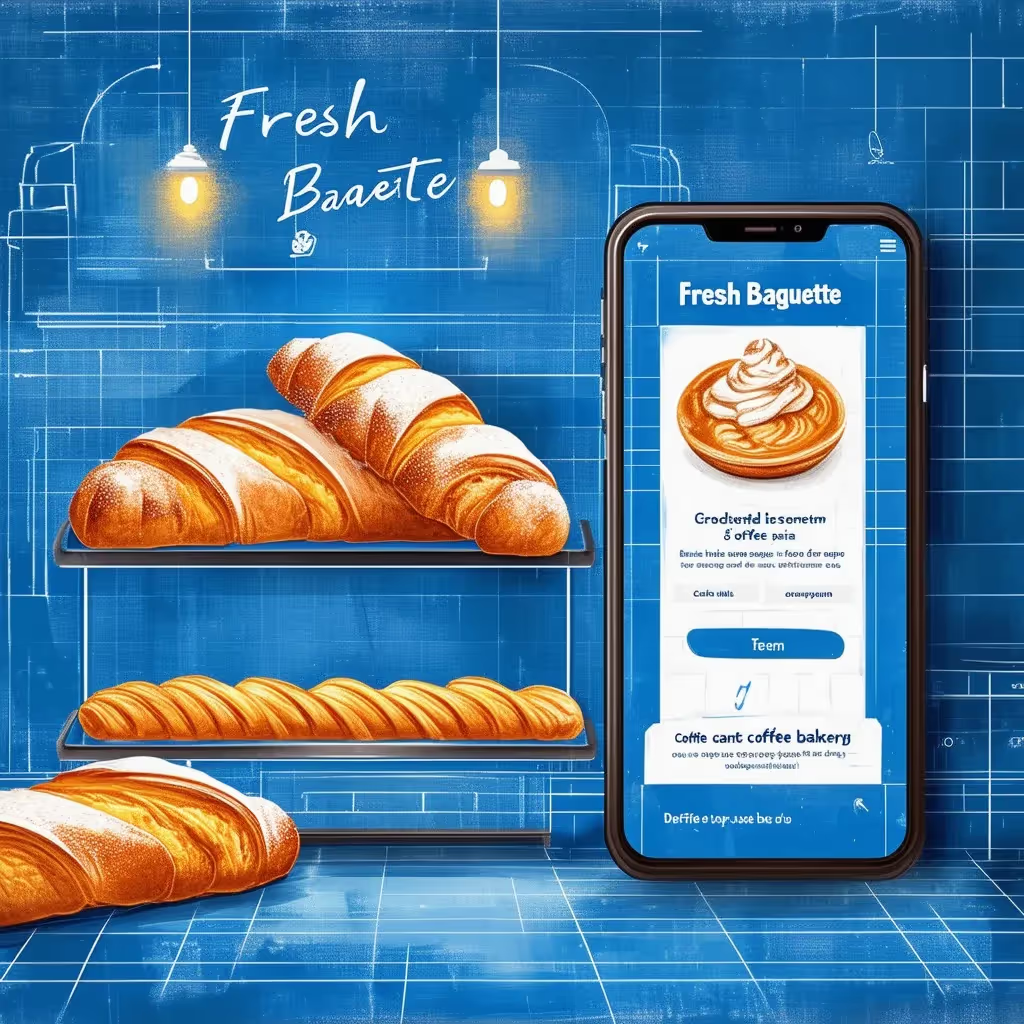
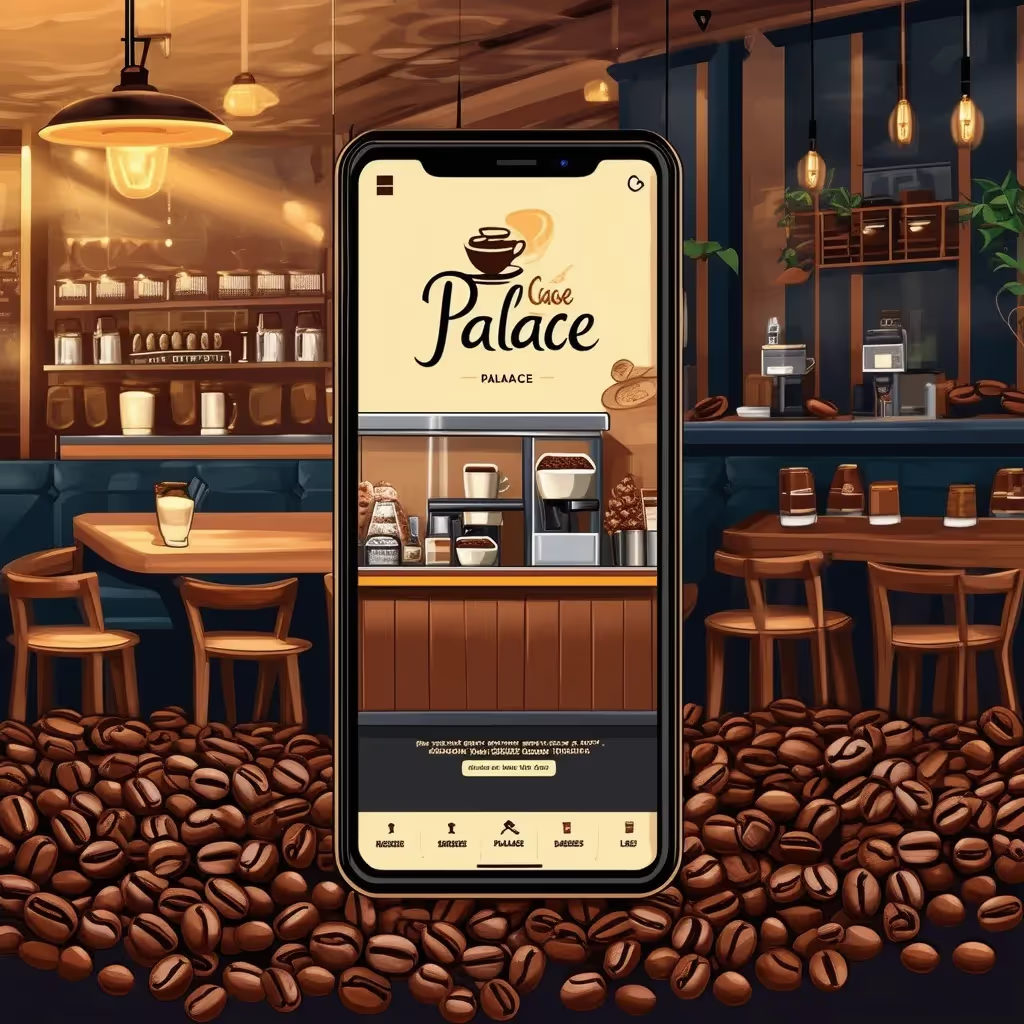

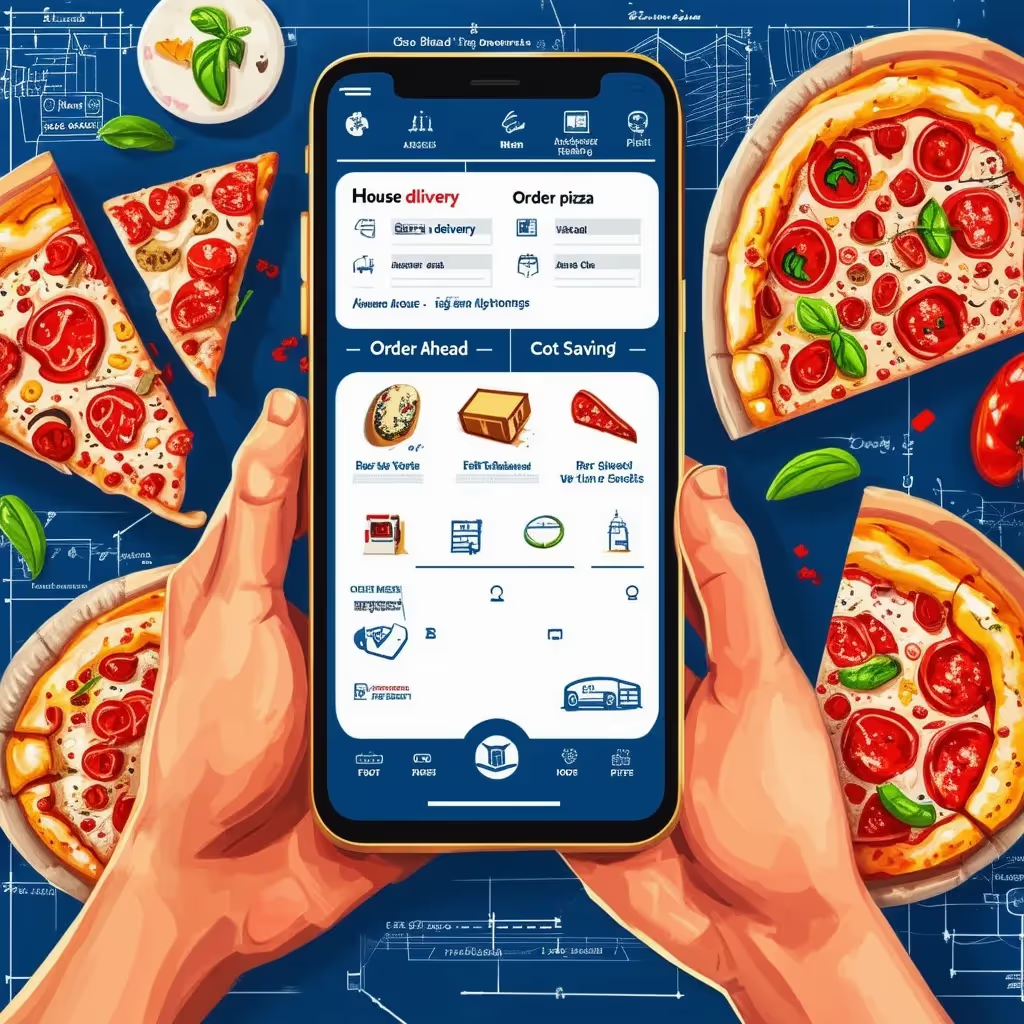




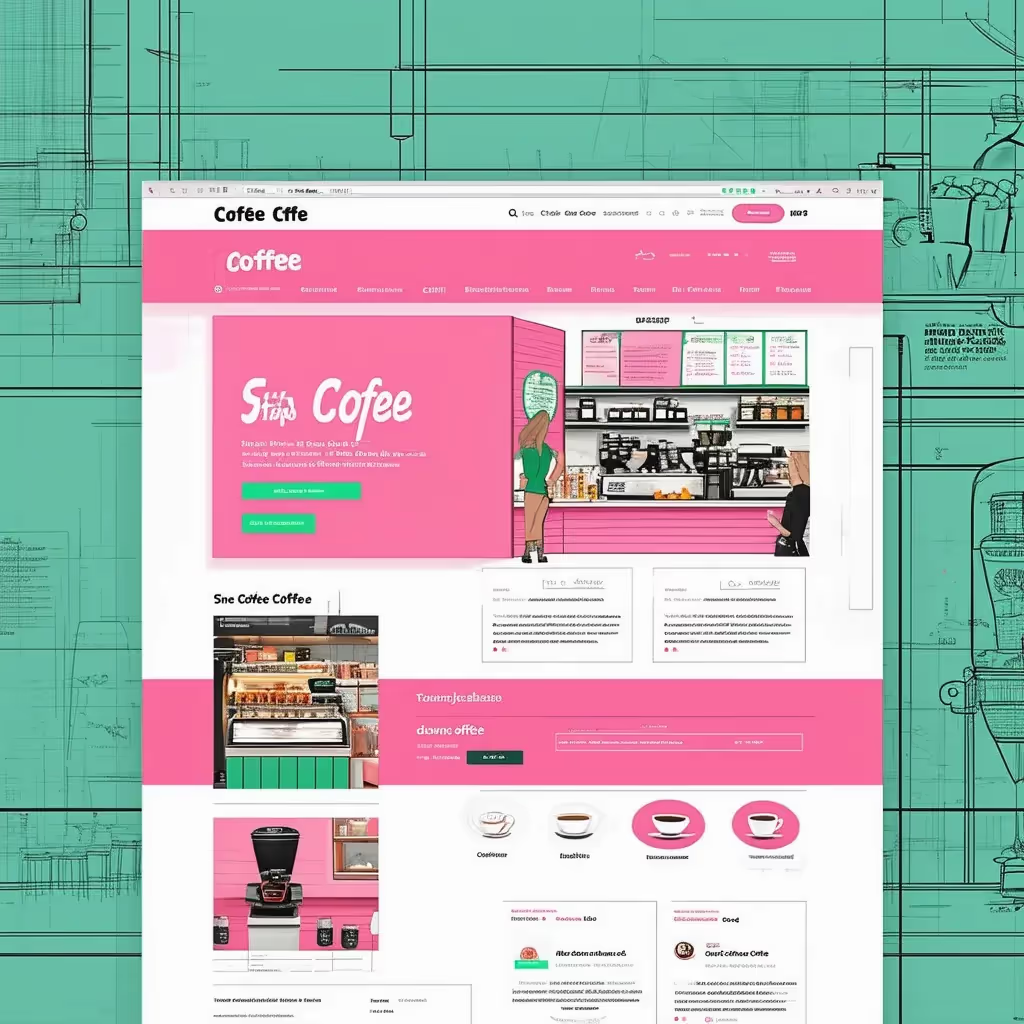
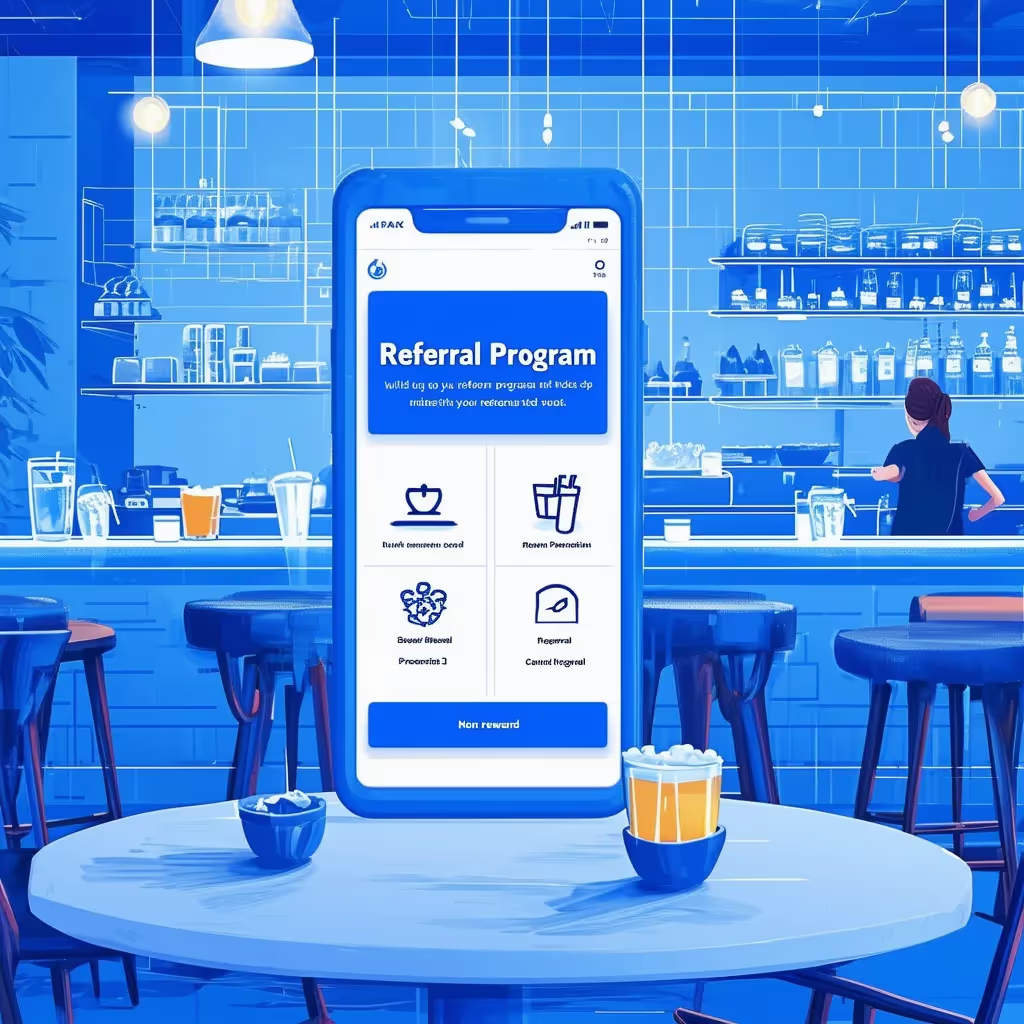





.avif)





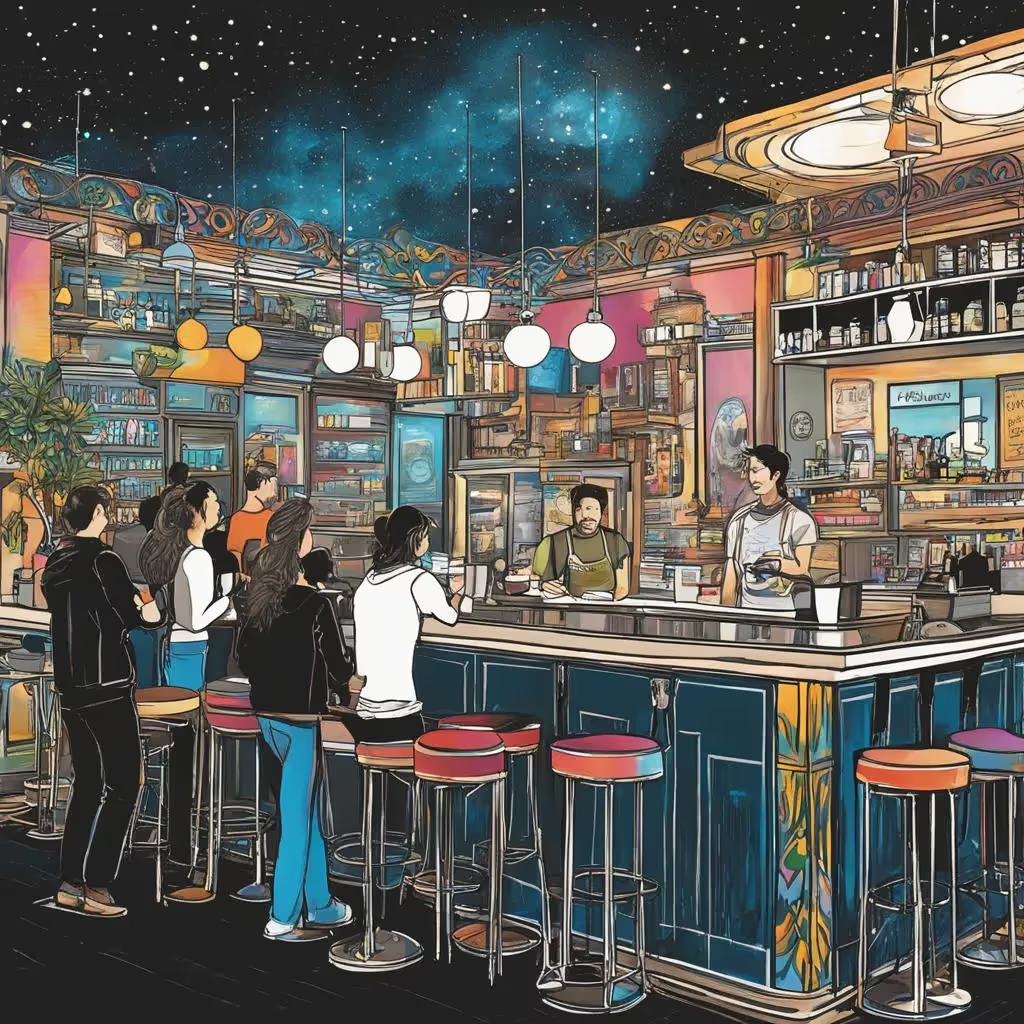


.avif)
